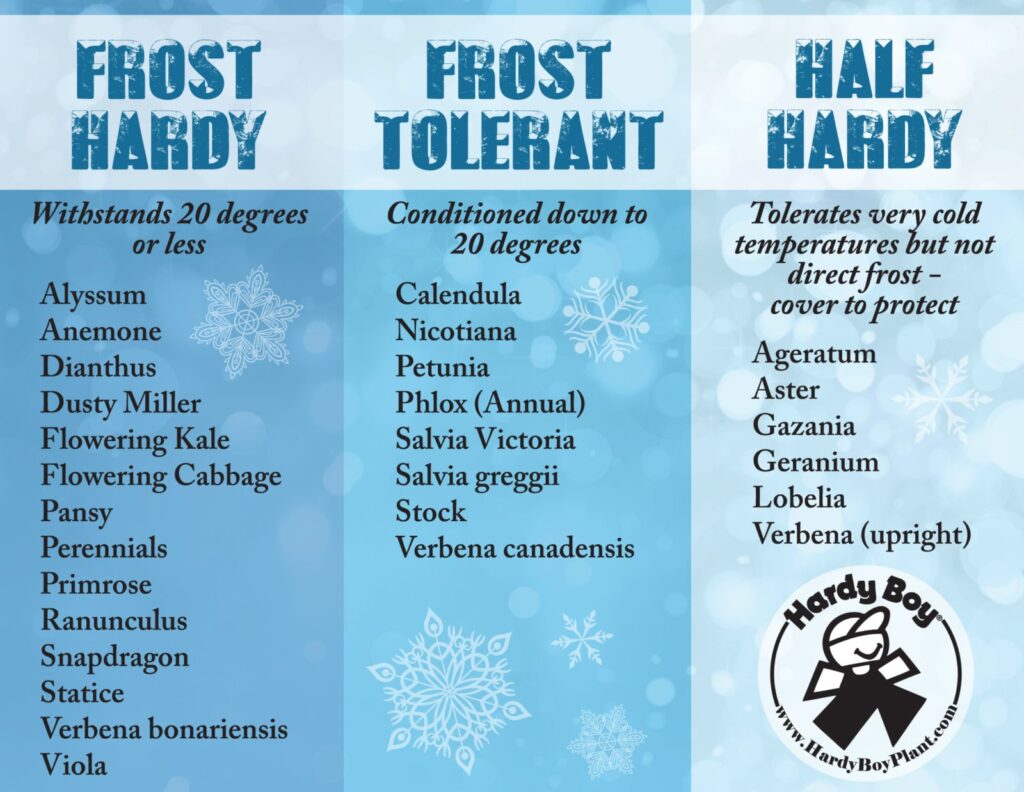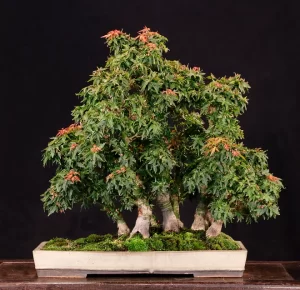I winter my Chinese elms, azalea, coast redwoods, and cedar elm in a cold frame outdoors. It is a 2 foot deep pit that is lined with 3/4 inch plywood and braced. It has a plywood cover so these trees receive no light except when I open the frame. I open it when outdoor temperatures are above 40 degrees. This allows excess moisture to escape. Most of my small accent plants are also in the frame as some are only semi-hardy. Watering is only needed if they get rather dry. Often I just toss snow over them and it will slowly melt in. These trees go into the frame when temperatures at night are consistently around 30 degrees.My olive, pomegranate, Harland boxwood, blue Atlas cedar winter in my minimally heated basement under LED (previously fluorescent) lights. The lights run for 14 hours per day. These trees do need to be checked often and watered as needed. Watering is about once per week. I let them get a little drier than they would get outdoors before watering. I bring these trees indoors when temperatures at night are around 40 degrees.Just a note. Siberian elms are often misidentified as Chinese elms. They are entirely different species. Siberian elms (Ulmus pumila) are winter hardy here and are often found growing wild aka volunteer seedlings. Chinese elm (Ulmus parvifolia) are not winter hardy here and are not found growing wild in our region. They differ in leaf size, leaf shape, leaf color, bark color and bark character, and longevity, as well as winter hardiness.
Hope this will be helpful.
Dan Kosta
All my semi-hardy trees are still outside. At night or when cold wind is blowing hard they go on the ground huddled together under their platforms. I had a mouse problem last year and almost lost my maples. Those darn critters ate a lot of the bark off of them. So this year the trees are staying outside for a couple light frosts to get the mice bedded down in another place other that my trees. On the ground when temps are in low 30s if a frost is expected I also cover them with newspaper. It always worked with my beans so hopefully it will work with my trees.
After temps stay consistently low they will go under my enclosed porch. It is not heated and dark. I water about once a week to a week and a half. Other than the mice last year they all have made it fine for at least 5 winters that way.
Charlotte Field




